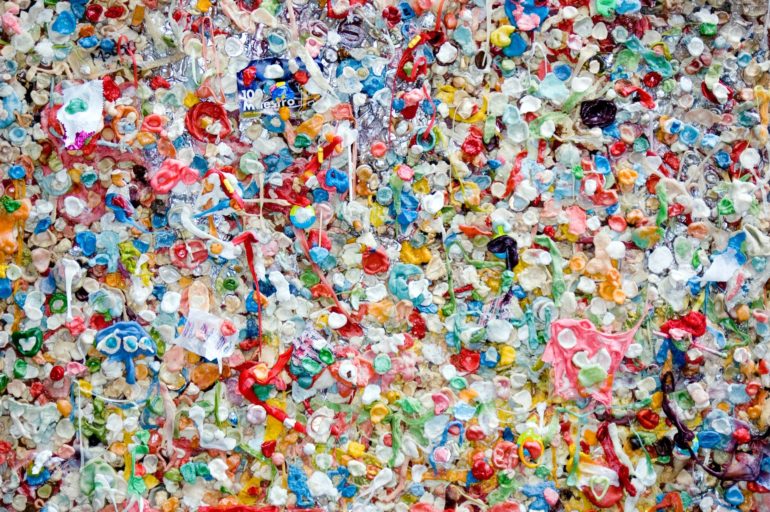Conventional plastic is made from oil. The production of plastic is not sustainable, and it can contain substances we know are dangerous if ingested.
In recent years, bioplastics have come onto the market as an alternative to conventional plastic. Bioplastic has some apparent advantages: it is usually made from recycled material or plant cellulose, it can be biodegradable—or both.
But a new study shows that it is not non-toxic.
Bioplastics are in fact just as toxic as other plastics, according to an article recently published in Environment International.
“Bio-based and biodegradable plastic are not any safer than other plastics,” says Lisa Zimmermann from Goethe Universität in Frankfurt. She is the lead author of the recent article.
Zimmermann points out that products based on cellulose and starch contained the most chemicals. They also triggered stronger toxic reactions under laboratory conditions.
“Three out of four of these plastic products contain substances that we know are dangerous under laboratory conditions, the same as for conventional plastic,” says Martin Wagner, associate professor at the Norwegian University of Science and Technology’s Department of Biology.
Wagner is one of the collaborators for PlastX, a research group at the Institut für sozial-ökologische Forschung (ISOE) in Frankfurt.
This group has just led the work on the largest survey to date of chemicals in bioplastics and plastics made from plant-based materials.
They have looked at toxic substances in these types of plastic. The substances can be directly toxic to cells in the laboratory, or they can act as hormones that in turn can disturb the body’s balance.
The study includes 43 different plastic products, including disposable cutlery, chocolate packaging paper, drink bottles and wine corks.
“Eighty per cent of the products contained more than 1000 different chemicals. Some of them as many as 20 000 chemicals,” says Wagner.
It goes without saying that it is almost impossible to keep track of absolutely all the possible harmful effects of so many different materials.
Even seemingly similar products have their own special chemical composition. A plastic bag made of bio-polyethylene can contain completely different substances than a wine cork made of the same material.
“Making general statements about certain materials becomes almost impossible,” says Wagner.
At present, the consequences this has for the environment and for people’s health are still uncertain. We don’t know to what extent the substances in plastic are transferable to humans.
Nor do we know whether the alternatives to bioplastics and conventional plastics are better for us and the environment around us, since so many factors come into play. The alternatives may involve polluting production methods and limited opportunities for recycling, or food production has to give way to obtain the materials for the alternative products. More research is needed.
Complexity of plastics make it impossible to know which are dangerous
More information:
Lisa Zimmermann et al, Are bioplastics and plant-based materials safer than conventional plastics? In vitro toxicity and chemical composition, Environment International (2020). DOI: 10.1016/j.envint.2020.106066
Provided by
Norwegian University of Science and Technology
Citation:
Bioplastics contain substances that are as toxic as those in ordinary plastics (2020, October 23)
retrieved 25 October 2020
from https://phys.org/news/2020-10-bioplastics-substances-toxic-ordinary-plastics.html
This document is subject to copyright. Apart from any fair dealing for the purpose of private study or research, no
part may be reproduced without the written permission. The content is provided for information purposes only.



